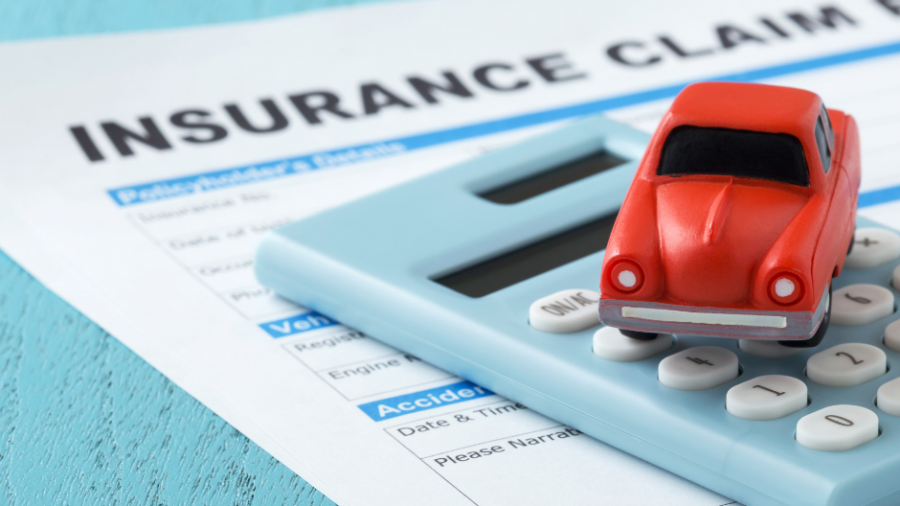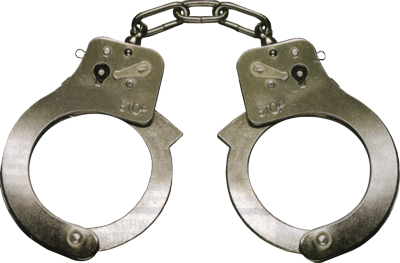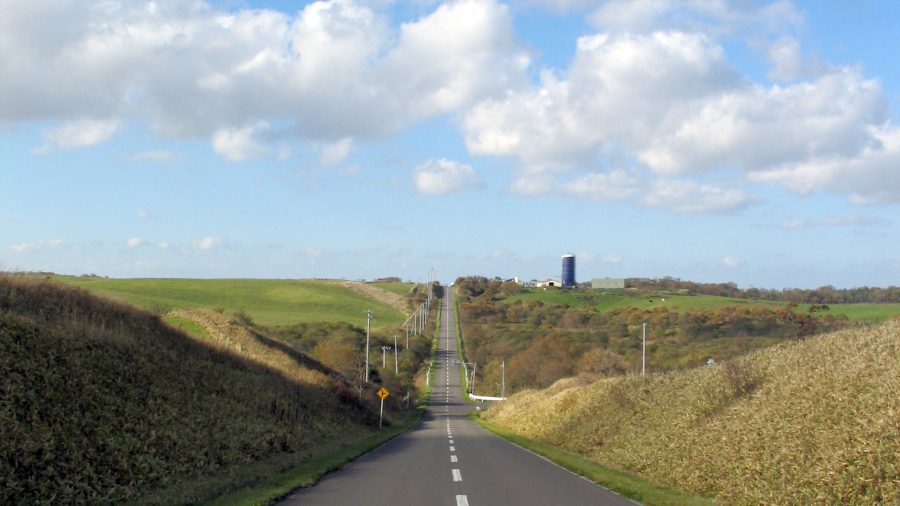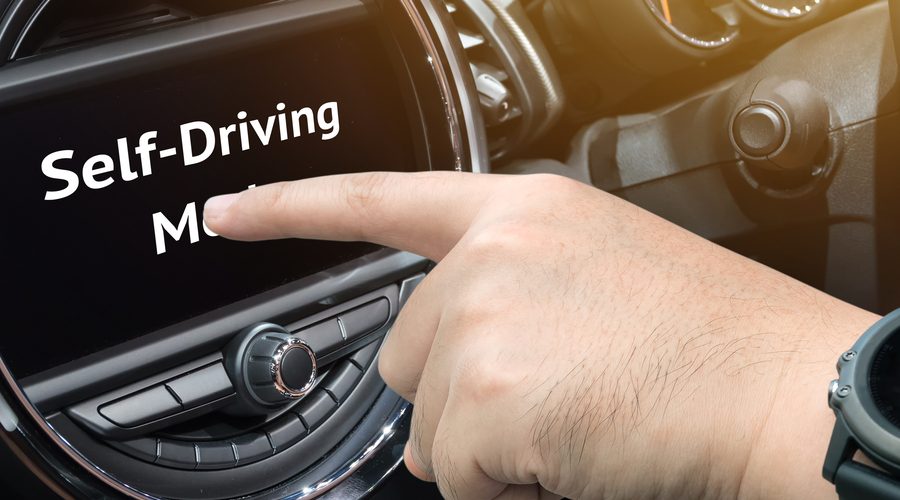Earlier this year Citroen started selling the first car in Australia already fitted with a dash cam. It may be a sign of things to come. In case of an accident, a dash cam can prove more easily what happened and who was responsible. But so far, owners of dash cams cannot get cheaper compulsory third party or other vehicle insurance. Read More





